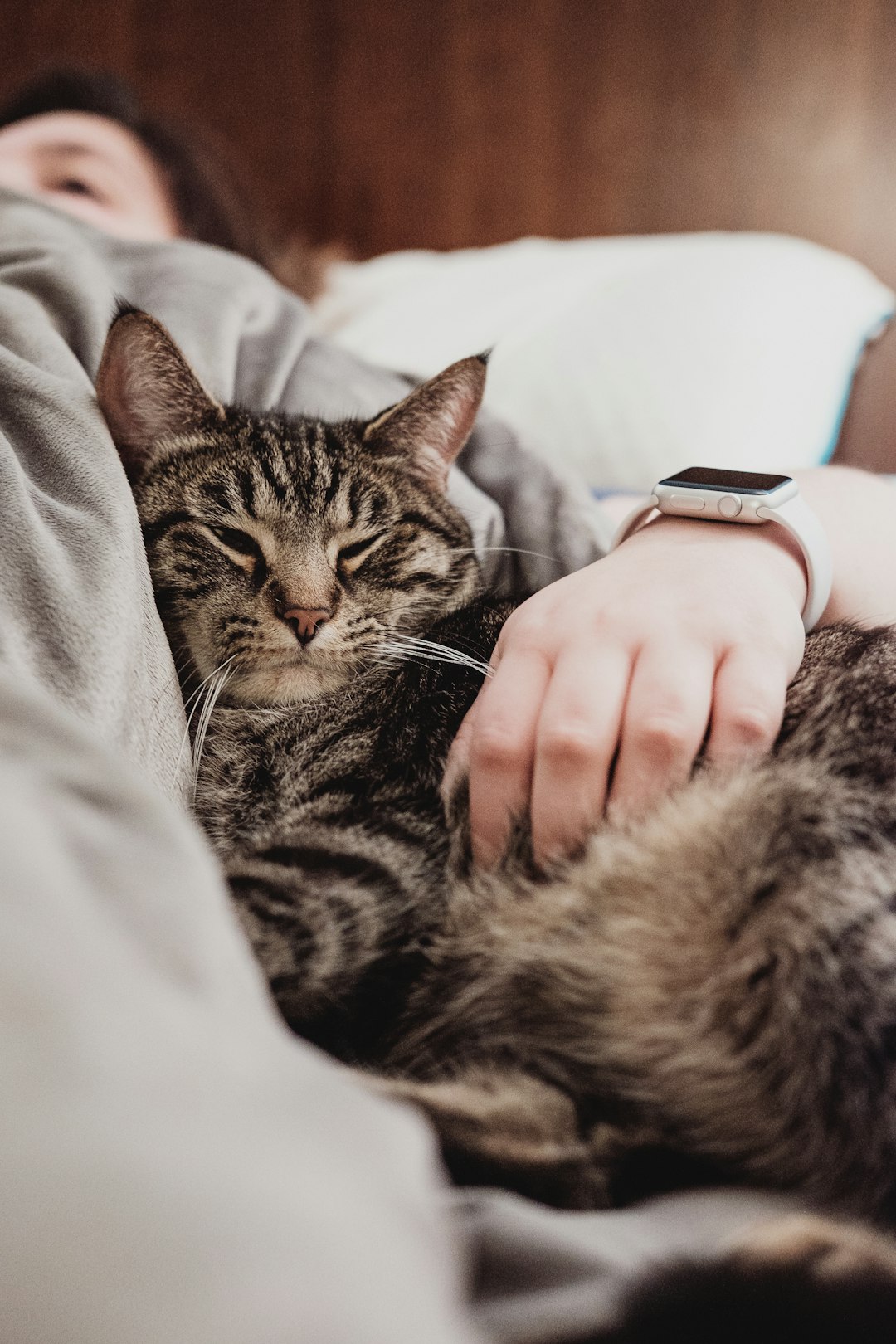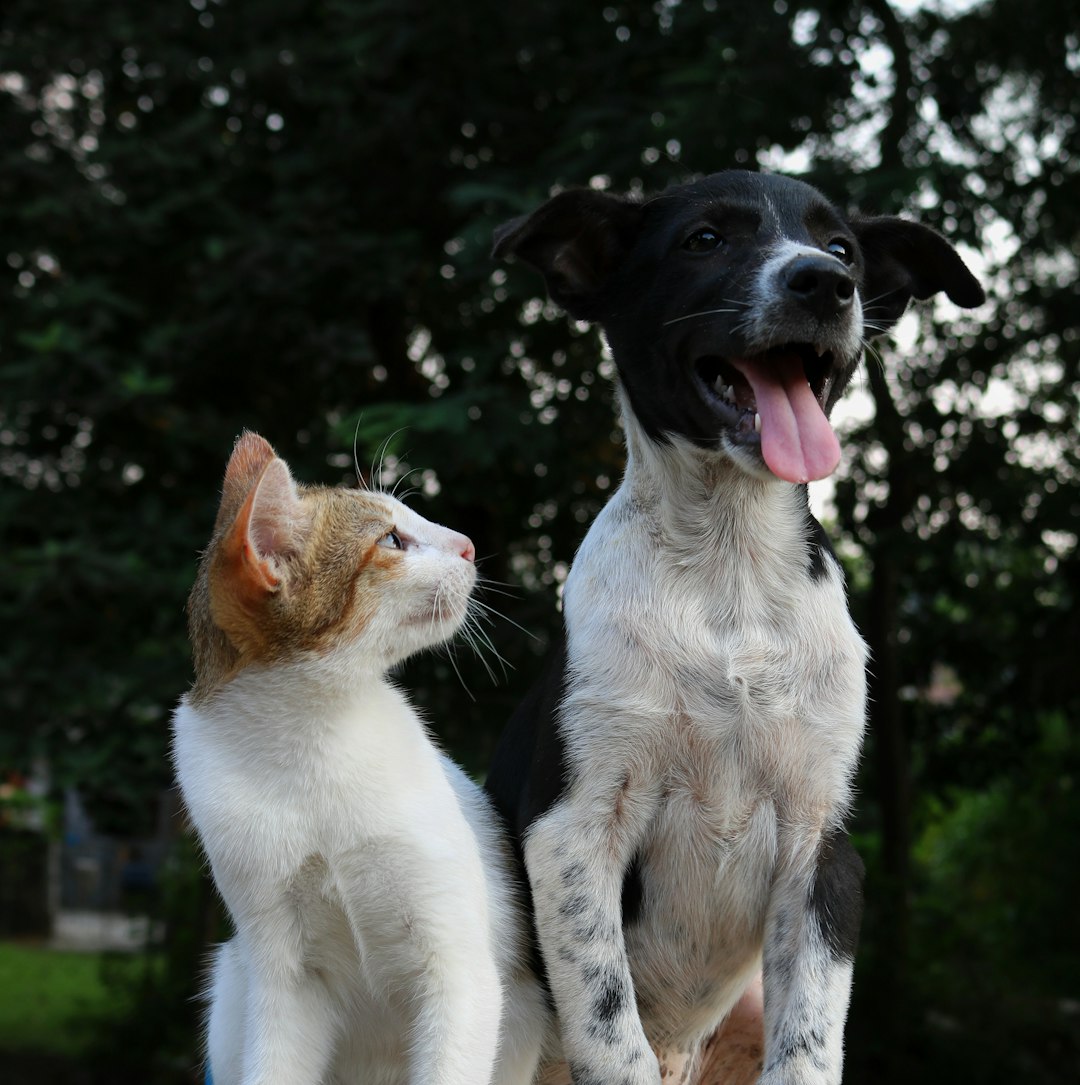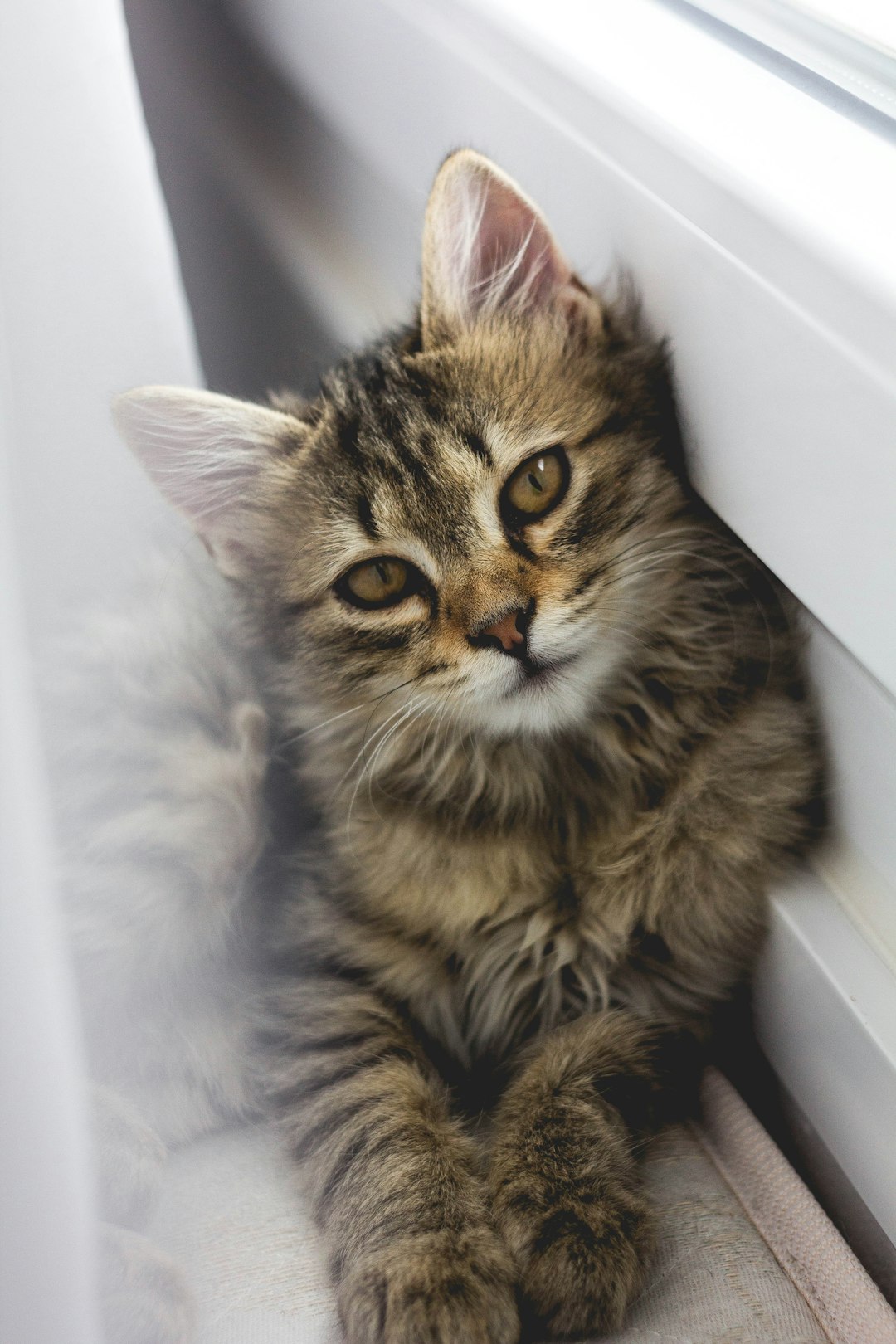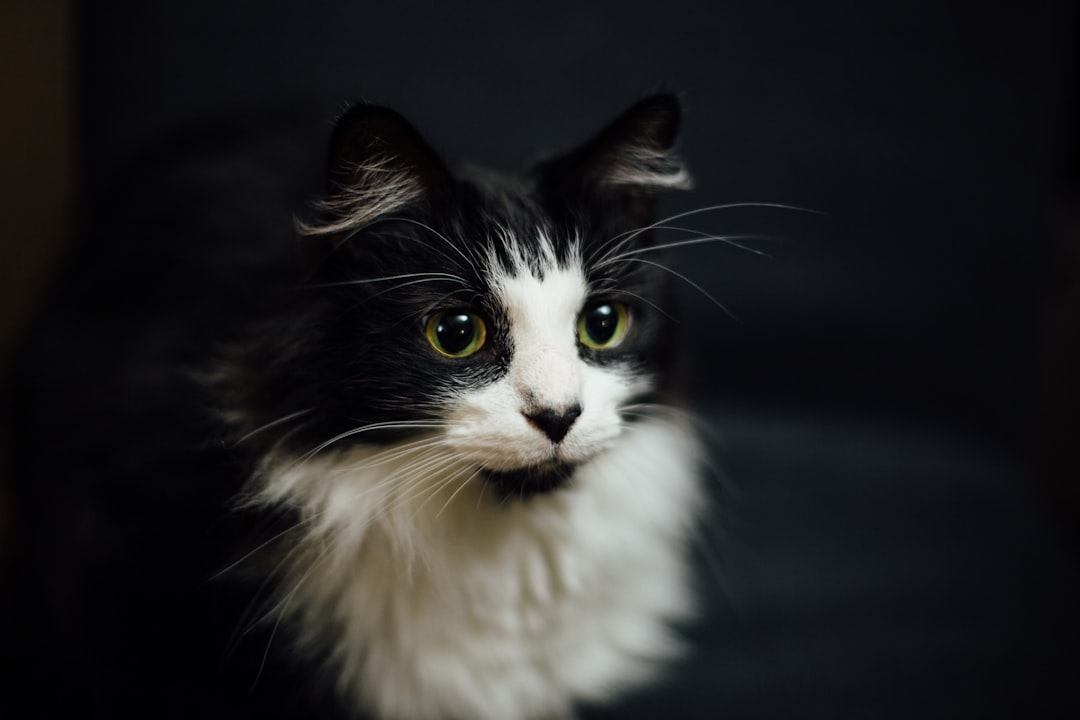Many cat owners often find themselves alarmed when they notice their cat panting. While it’s not uncommon for cats to breathe rapidly under certain circumstances, understanding the various causes behind this behavior is essential for any pet parent. Panting can indicate normal responses to heat or exertion, but it may also signal potential health issues that require attention. By learning to recognize the normal cat breathing patterns and when to be concerned, you can ensure your furry friend remains healthy and happy.
Understanding Normal Cat Breathing Patterns
To fully grasp the phenomenon of cat panting, it’s essential to first understand how cats normally breathe. Here are some key characteristics:
- Resting Rate: A typical cat breathes between 20 to 30 breaths per minute when at rest. This rate can vary based on age, activity level, and overall health.
- Nasal and Mouth Breathing: Cats primarily breathe through their noses. They may occasionally open their mouths, but persistent mouth breathing can signal a problem.
- Silent Breathing: Healthy cats usually breathe quietly without noticeable effort. Listen for any wheezing or excessive noise; this can indicate a respiratory issue.
Comparison of Breathing Patterns
| Pattern | Normal | Abnormal |
|---|---|---|
| Breathing Rate (bpm) | 20-30 | Above 30 or significantly lower |
| Breathing Method | Nasal | Predominantly mouth |
| Sound | Silent | Wheezing or labored |
Understanding these patterns helps pet owners recognize when cat panting may deviate from normal behavior. Identifying changes can be crucial for early intervention in case of health concerns. Always observe your cat’s breathing regularly to ensure their well-being.

Common Causes of Panting in Cats
Cat panting can be a perplexing behavior for cat owners. While cats usually breathe quietly, panting occasionally indicates various underlying factors. Here are some common causes:
- Heat: Cats may pant when overheated. Unlike dogs, they don’t efficiently regulate their body temperature through panting. Ensure your cat has access to cool areas.
- Exercise: After a period of intense play, your cat might breathe heavily as a response to increased activity. This is often normal, but observe your cat’s recovery.
- Stress: Situations that induce anxiety, like loud noises or new environments, can cause cat panting. Stress can trigger rapid breathing and agitation.
- Medical Issues: Conditions such as asthma, heart disease, or lung disorders can lead to abnormal breathing patterns. If panting is persistent, consider it a potential health concern.
| Cause | Description | Action Needed |
|---|---|---|
| Heat | Overheating causes panting | Provide cool, shaded areas |
| Exercise | Normal after vigorous activity | Monitor for quick recovery |
| Stress | Anxiety triggers rapid breathing | Create a calm environment |
| Medical Issues | Serious conditions affecting breathing | Consult a veterinarian immediately |
Recognizing these causes can help you address your cat’s panting effectively.
When Panting May Indicate a Health Issue
While occasional cat panting can be normal, certain scenarios may signal underlying health problems. Pay close attention to your cat’s behavior. Here are signs that panting might indicate a health issue:
- Persistent Panting: If your cat pants repeatedly, especially at rest, it can suggest distress.
- Accompanied Symptoms: Watch for additional signs like:
- Increased heart rate
- Lethargy or weakness
- Coughing or wheezing
- Vomiting or diarrhea
- Environmental Factors: If there’s no heat or stress, panting could indicate respiratory or cardiac issues.
To differentiate between normal and concerning cat panting, consider a simple comparison:
| Normal Panting | Concerning Panting |
|---|---|
| Occasional after play | Frequent and prolonged |
| Brief duration | Lasting more than a few minutes |
| Calm environment | Stressful or unfamiliar surroundings |
Remember, if your cat exhibits symptoms like irregular breathing or shows distress, consult a veterinarian immediately. Early detection can lead to better outcomes for your furry friend.
Signs of Respiratory Distress in Cats
When observing your cat panting, it’s essential to identify any signs of respiratory distress. Cats communicate their health through various behaviors, and recognizing these indicators can be crucial for their well-being. Here are some prominent signs to watch for:
- Labored Breathing: If your cat is struggling to breathe, you might notice rapid or heavy breaths, often with an open mouth.
- Coughing or Wheezing: Any unusual coughing or wheezing sounds during cat panting can signify underlying issues.
- Lethargy: A decrease in energy or willingness to engage in play can indicate that your cat is not feeling well.
- Pale Gums: Check your cat’s gums; if they appear pale or bluish, this warrants immediate attention.
- Cyanosis: Look for a bluish tint around the lips or tongue, indicating insufficient oxygen circulation.
Each of these signs could accompany cat panting, highlighting potential health concerns. If your cat exhibits one or more of these symptoms, it’s essential to consult a veterinarian promptly to ensure their health and safety.

The Role of Temperature and Environment
Understanding how temperature and environment affect cat panting is crucial for pet owners. Cats are sensitive to changes in their surroundings, and their breathing patterns can indicate discomfort. Consider the following factors:
- High Temperatures: Cats can overheat easily, especially during warm weather. If your home temperature exceeds 80°F (27°C), your cat may start panting to cool down.
- Humidity Levels: High humidity can make it more difficult for cats to regulate their body temperature, leading to increased instances of cat panting.
- Ventilation: Ensure that your living space is well-ventilated. Stuffy, enclosed areas can exacerbate breathing issues and cause your cat to pant.
- Exercise Intensity: Explain the link between play and cat panting. After an energetic play session, light panting is normal as your cat works to catch its breath.
To keep your cat comfortable, maintain a cool and dry environment, especially during the hotter months. Always monitor your cat’s behavior, as excessive panting can signal stress or potential health issues.
How Stress and Anxiety Can Affect Your Cat
Stress and anxiety can significantly impact your cat’s wellbeing, often leading to unusual behaviors, including cat panting. Understanding these triggers can help you address the issue effectively.
Common Stressors for Cats:
- Change in Environment: Moving to a new home or introducing new pets.
- Loud Noises: Thunderstorms, fireworks, or construction sounds.
- Social Interactions: Overcrowding or conflicts with other animals.
- Health Issues: Pain or discomfort from illness.
Signs of Stress or Anxiety:
- Excessive Grooming: Cats may groom themselves obsessively.
- Hiding: Seeking refuge in corners or under furniture.
- Vocalization: Increased meowing or growling to express discomfort.
- Withdrawal: Less interest in play or interaction.
If your cat exhibits panting alongside these signs, it may signal that they are stressed.
What You Can Do:
- Create a Safe Space: Designate a quiet area with favorite items.
- Maintain Routine: Keep feeding and play schedules consistent.
- Use Calming Products: Consider pheromone diffusers or soothing music.
Recognizing the link between stress and cat panting can help you provide a more comforting environment for your feline friend.
What To Do If Your Cat Is Panting
If you notice your cat panting, it’s essential to take appropriate steps to ensure their well-being. Here’s a quick guide on what to do:
- Stay Calm: Your cat can sense your stress, which may worsen their anxiety.
- Monitor Breathing: Observe your cat’s breathing pattern. Is it quick or shallow? Note any changes as they may indicate a more serious issue.
- Check for Triggers: Assess the environment. Have they been exposed to heat, stress, or an exciting situation?
Actions To Take:
- Cool Down: If it’s hot, move your cat to a cooler area with good ventilation.
- Hydration: Ensure they have access to fresh water to encourage hydration.
- Limit Activity: Encourage your cat to rest and avoid excessive play which can exacerbate panting.
While cat panting can sometimes be a normal response to exertion or heat, persistent or severe panting may indicate a medical issue. If the panting lasts longer than a few minutes or is accompanied by other symptoms, contact your veterinarian immediately. Prompt attention can prevent potential complications.

Consulting a Veterinarian: When to Seek Help
If you notice your cat panting, it’s essential to evaluate the situation carefully. While occasional panting can be normal, certain signs may indicate that your cat is experiencing a more serious condition. Here are key signs to watch for:
- Excessive Panting: If your cat is panting excessively and it lasts longer than a few minutes.
- Behavior Changes: Unusual lethargy or loss of appetite.
- Difficulty Breathing: Labored or wheezing sounds alongside panting.
- Coughing or Gagging: Presence of these symptoms alongside cat panting.
- Gums Discoloration: Pale, blue, or very dark gums necessitate immediate care.
Comparison Table: Normal vs. Concerning Panting
| Signs | Normal Panting | Concerning Panting |
|---|---|---|
| Duration | Short, with rest in between | Prolonged, exceeding a few minutes |
| Behavior | Active, playful | Lethargic, hiding |
| Breathing Sound | Quiet, even | Wheezing, labored |
If you observe these concerning signs, seek veterinary assistance immediately. Prompt action can be crucial to your cat’s health, ensuring they receive the care needed when cat panting signals a serious issue.
Frequently Asked Questions
Why is my cat panting?
Panting in cats can be caused by various factors, including overheating, stress, or respiratory issues. Unlike dogs, cats rarely pant unless they are distressed or in discomfort. If you notice your cat panting, assess the environment first; a warm room or stressful situation could be the culprit. However, if panting persists, it is crucial to seek veterinary advice, as it can be a sign of an underlying health issue.
Is it normal for cats to pant after exercise?
While mild panting can occur after strenuous activity such as play, it should not be excessive or prolonged. Cats generally cool down through grooming rather than panting. If your cat seems to be panting heavily after a normal amount of exercise or displays signs of distress, such as lethargy or unusual behavior, it is advisable to consult with a veterinarian to rule out any health concerns.
What health issues can cause a cat to pant?
Several health issues can lead to panting in cats, such as asthma, heart disease, or anemia. Respiratory conditions might cause cats to gasp for air or breathe rapidly. If your cat demonstrates additional symptoms like coughing, lethargy, or lack of appetite, this warrants immediate veterinary examination. Identifying the cause early can help facilitate proper treatment and support your cat’s health.
When should I be concerned about my cat’s panting?
You should be concerned if your cat’s panting is accompanied by other alarming signs, such as coughing, wheezing, excessive drooling, or lethargy. Additionally, if panting occurs frequently and in varying situations, especially when your cat is resting, it indicates a potential health problem. Immediate veterinary attention is necessary to ensure your cat receives the appropriate diagnosis and treatment.



